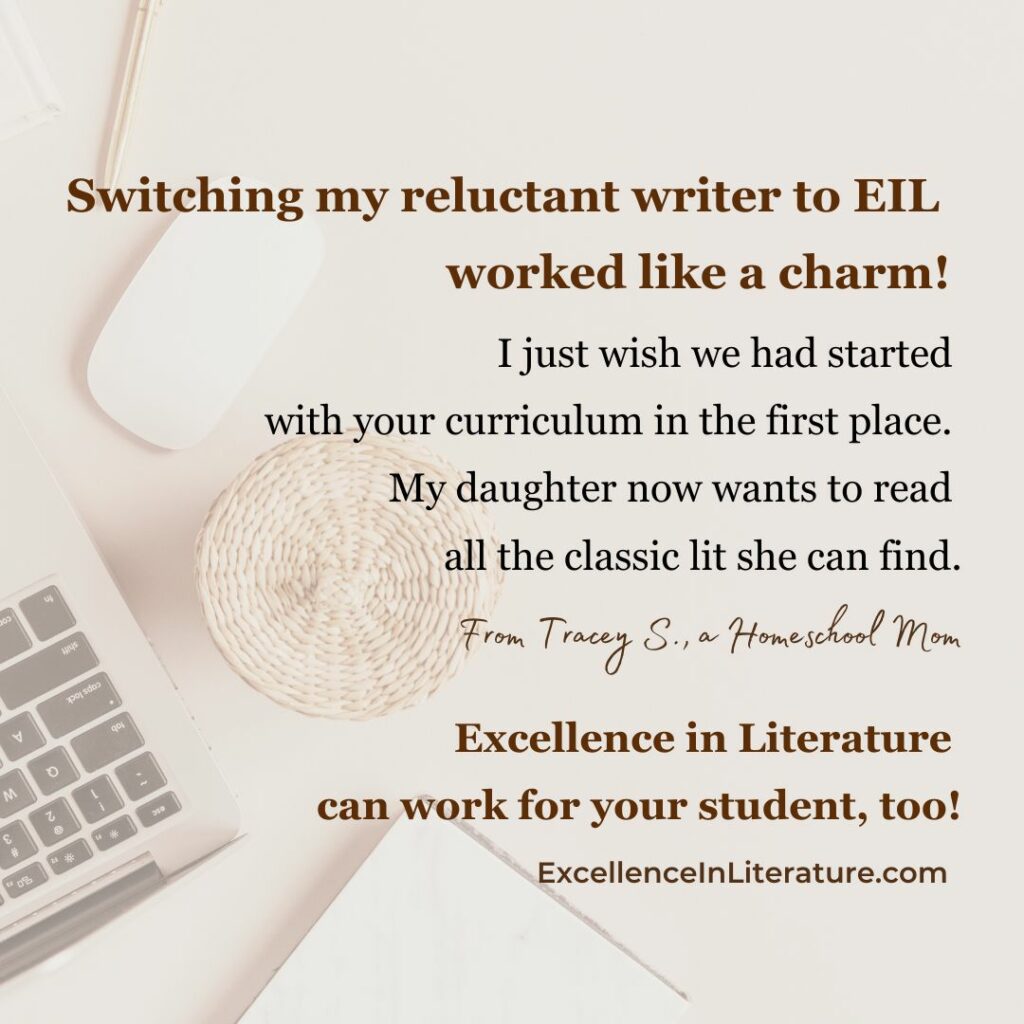Persuasive Essay Writing: Teach It With Models
Benjamin Franklin learned to write better by studying, copying, and re-writing articles from The Spectator, a high-quality magazine of his day. His writing, seen in his autobiography and other work, bears witness to the skill he gained. Learning to write a persuasive essay by using models can still help students learn a subject, think through interesting issues, and cultivate excellence in writing.
While my favorite piece of persuasion composition appears in Shakespeare’s work, you can find persuasive essay models in many places. In the opinion or editorial pages of a newspaper you can often find two articles on the same topic that present opposing viewpoints. It is an interesting exercise to clip or print both articles and study how the writer attempted to persuade the reader, and how effective the argument is.
Choose models
If you want to practice writing a persuasive essay using models, choose a topic that interests you and find at least one model. Two articles that appeared on the op-ed pages of our local paper argued opposite sides of the question, “Degree or Not Degree?” The first article, by scholar Charles Murray author of Real Education: Four Simple Truths for Bringing America’s Schools Back to Reality, and co-author of the controversial The Bell Curve, suggests that “For Most People, College Wastes Time and Money.” He outlines a reasoned argument for his thesis, and suggests “a better way.”
The second article is by Daniel J. LaVista, executive director of the State Council of Higher Education for Virginia. He suggests that “America Faces a Shortage of College Graduates.” The author refers to Murray’s new book, and offers an opposing viewpoint, citing the need to stay parallel with “other nations in the global economy.”
Consider the argument
You’ll notice that in each of these articles the writers’ thesis is clearly stated in the headline. There’s absolutely no question as to which side of the debate each article supports. Although the tone of the headline could be seen as dogmatic or controversial, the tone of both essays is moderate and reasoned, designed to persuade. As you read through each argument, consider whether the writer is providing evidence for his or her assertions, and whether the conclusions seem logical and well supported.
Observe structure and format
Note how each author introduces the topic, organizes the flow of information, and supports his or her thesis. Mark up the print-outs, noting skillful transitions, vivid examples, and interesting word choices. If the model you are using is exceptionally well written, copy a few paragraphs to internalize the pacing, style, and flow of the text.
Are you persuaded?
As for the subject of the articles, “Degree, or Not Degree,” do you find your opinion changed in any way by reading these essays? The topic is far more than a clever wordplay — it’s a choice that many of us have made, or will make at some time. I’d love to hear your opinions, and your reactions to the articles, so please feel free to leave a comment.
I may as well confess that my reaction was to make a trip to Amazon.com for a copy of Real Education. Murray’s arguments appear intriguing, and I’d like to read more. I’m less convinced that keeping up with the Jones’s (or the Taiwanese) is a good reason for getting a degree, so Mr. LaVista has a bit farther to go before I’m persuaded. As always, Amazon links are affiliate links (full information in footer).
An interesting link: I came across Digital History, an interesting history site from the University of Houston. It offers many interesting resources, including an interactive timeline, primary source documents, and multimedia exhibits. It may be just the thing you need to capture the interest of a student who thinks that history is boring (can you imagine?).

















Janet,
You always pack so much into each blog entry! Thanks for the writing lesson and for sharing it on the Carnival of Homeschooling.
Carol Topp